Volatility Trading Strategies – Profit Without Forecasting Price Direction
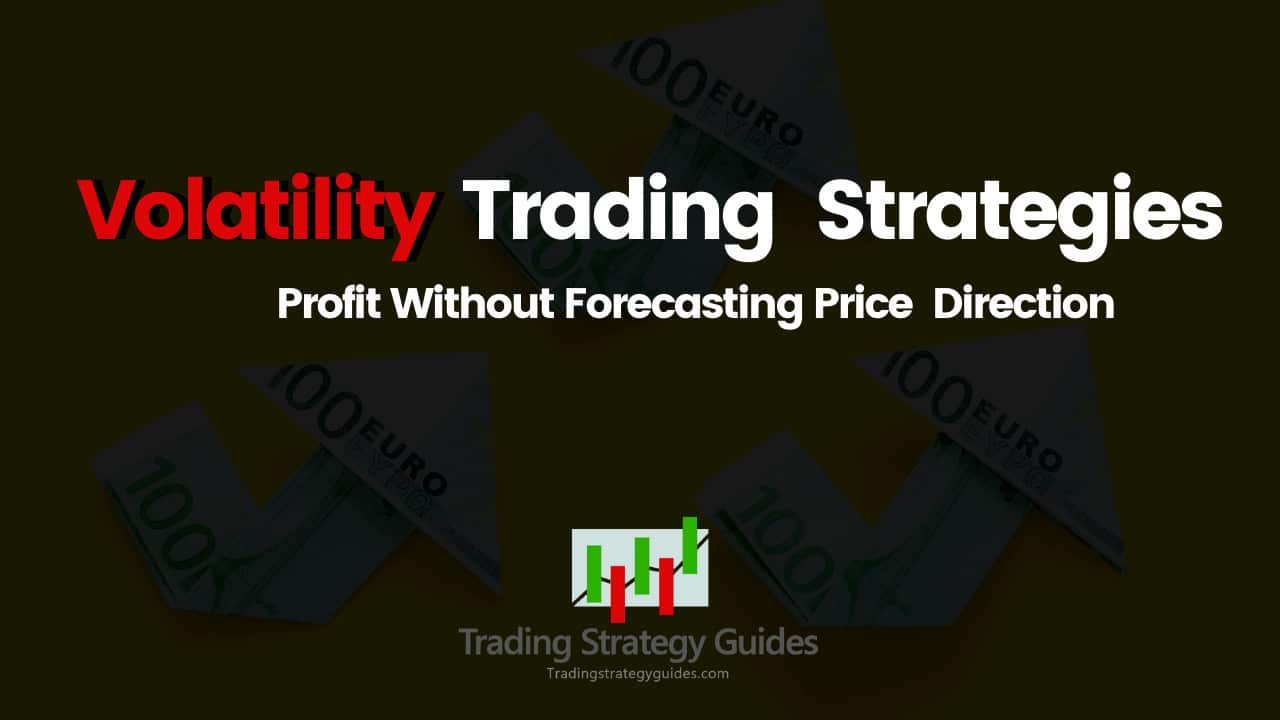
According to the volatility index (VIX), 2020 has been the most volatile trading year to date. Learn the best volatility trading strategies for the options market. Throughout this options trading guide, our expert options traders will explain what volatility trading is, how to trade volatility via options, and reveal the best volatile stocks to trade in 2020.
If this is your first time on our website, our team at Trading Strategy Guides welcomes you. Make sure you hit the subscribe button, so you get your Free Trading Strategies Guides every week directly into your email.
Do you want to learn how easy it is to identify trades using options trading strategies?
Options present traders with unique opportunities to earn a profit. When markets are volatile, options trading strategies can be even more effective. However, volatility trading presents some challenges. It can be a little difficult to pull the trigger if you don’t have the right education. Our team of experts will help you trade with confidence in any market using the best volatility trading strategies.
There are three main ways to implement volatility trading:
- Directly trading the volatility found within the everyday stock price movement.
- Traders seek to capitalize on the fast-paced price moving and highly rewarding market moves.
- Trade a volatility product such as the CBOE Volatility Index, or VIX index.
- Trading the expected future volatility of the underlying asset via options trading.
Now, everyone engaging in trading, in one way or the other, has traded volatility via the stock price. Traders can also trade volatility-trading products such as the VIX.
Learn how to trade Wall Street’s VIX fear index.
As an options trader, it’s important to be able to decisively answer the question, “what is volatility trading?”
Our team of experts will explain this below.
What is Volatility Trading?
Volatility trading is trading the expected future volatility of an underlying instrument.
Instead of trading directly on the stock price (or futures) and trying to predict the market direction, the volatility trading strategies seek to gauge how much the stock price will move regardless of the current trends and price action.
Volatility is a key component of the options pricing model. Volatility is also strongly connected to risk and reward.
In total there are 6 variables that go into option pricing.
- Underlying price.
- Strike price
- Time until expiration
- Interest rates
- Dividends
- Volatility
A more sophisticated term used for volatility trading is implied volatility (IV).
For example, an implied volatility of 20% of Amazon stock (trading at $2,000 per share) represents a one standard deviation range of $400 over the next year. In other words, this implies AMZN stock prices will range between $1,600 and $2,400 over the next year.
Many people wonder how to use volatility in trading. Below, you will learn how to effectively employ these methods to increase your expected ROI.
Our team has your back covered, see below:
How to Trade Volatility?
To understand how to use volatility in trading, you need to view options as an insurance policy. Basically, no matter the type of insurance (property, car, life, Etc.) they act as a hedge against the risk of potential financial losses. Options are especially useful during volatile markets, such as those we have seen so far in 2020.
When we apply this concept to stock options, it means that when there is market uncertainty, traders will buy more options contracts. Additional demand coming into the market will drive the option price higher.
And, here is how volatility is impacted:
- When option prices move higher, implied volatility increases (IV expansion).
- When option prices move lower, implied volatility decreases (IV contraction).
Note* – We can use the implied volatility to know if it’s a good time to buy options or if it’s a good time to sell options.
If your strategy boils down to some type of market prediction and you still fail at it, maybe it’s time for a change. The number one rookie mistake is to continue trading price even though you struggle with forecasting future price movements.
To overcome this struggle, you will need to trade volatility rather than price.
Moving forward, we will further explain how to trade volatility. We will also discuss how to effectively implement volatility trading strategies.
Volatility Trading Strategies
Trading in volatile markets can be done extremely safely using volatility trading strategies via options.
Do you want to catch big moves the same way professional traders do?
Next, we’re going to share with you 3 volatility trading strategies that can help you reap big rewards:
- Using IV to forecast stock prices.
- IV versus historical volatility.
- Long Call diagonal spread strategy
Keep in mind that trading volatility can be risky too. Building a tested trading risk management strategy will be extremely important. If you don’t have a good trading plan, you can lose your money in a blink of an eye.
Our team of professionals at Trading Strategy Guides always promotes responsible trading and proper risk management. Don’t forget that managing exposure to both beta and alpha risk is what ensures your volatility trading strategy is effective.
Using Implied Volatility to Forecast Stock Prices
To understand how to use implied volatility to help us decide what volatile trading strategies to use, we’re going to consider a hypothetical example.
Trader Joe wants to take advantage of the bearish trend in ABC stock.
Now, our trader Joe has two traditional bearish options strategies that are designed to profit in bearish trends:
- Buying a Put option.
- Selling a Call option.
With the use of implied volatility, we can evaluate which options trade is better.
To do this let’s take a look behind call vs put options strategies.
First, selling call strategies can benefit from falling implied volatility due to the negative Vega component. However, the underlying instrument needs to trade below the Call strike. We want the option to expire with no tradeable value.
On the other hand, buying put strategies benefit from rising implied volatility. This is due to the positive Vega component. To make a profit, the Put option needs to gain value.
Now, which one of the two volatility trading strategies is better?
The answer depends on implied volatility.
But here is an options trading trick.
Instead of looking at the implied volatility of ABC, we want to focus where the IV is trading relative to its own volatility range.
We’re going to assume the IV for ABC stock is trading at the lower end of its range.
See the implied volatility chart below:
There are higher chances that implied volatility will increase from here rather than fall.
Now, can you guess which of the two volatility options strategies would benefit the most from an increase in the implied volatility?
In this case, the “Buying Put Options” strategy would benefit from more volatile markets.
Note* When the implied volatility rises often the underlying stock price moves downwards. This helps to confirm our bearish call.
Implied Volatility vs.Historical Volatility
One of the most common volatility trading strategies is to take advantage of the historical volatility versus the implied volatility.
Understanding implied volatility vs. historical volatility is easy. While the former relies on current data, the latter relies on previous data.
Think about how insurance companies overestimate how often your house might burn down to the ground. This same principle of overestimating can be applied while trading volatile stocks, meaning options will always overestimate the implied volatility.
In this case, we’re trading volatility in the sense of selling high overpriced implied volatility early in the expiration cycle. We do this with the understanding that over time most of our options trades (once we get to expiration) will end up decaying in value more than the underlying instrument.
This means that the difference between the option price and the underlying stock price is our potential profit.
While implied volatility tries to forecast the future stock price range, the historical volatility is the realized volatility over time. Or in other words, historical volatility is the actual stock price volatility. Compare your predictions to the market with this paper trade options guide.
Here are two main differences between historical volatility and implied volatility:
- One shows what has happened in the past, while the other tries to project what will happen in the future.
- Historical volatility is based on the actual price, while the IV is based on the options pricing (calls and puts).
To summarize:
Selling rich implied volatility options can give you an edge in the market.
Let’s go through an example and compare the monthly implied volatility against the chart of the realized volatility of a random stock.
As you can see, these volatilities are correlated but do experience some differences. In some cases, the implied volatility is higher, and in other cases, the historic volatility is higher. The market at today’s date forecast implied volatility of 35 percent.
Next, we fast-forward and look at the end of the expiration date and check if the market has indeed moved 35 percent or it moved more (less).
Note* the yellow line is the implied volatility, while the blue line is the historical volatility.
Now when we compare the IV with historical volatility we can see that the market only moved 20% during that period.
We can see that, for the most part, the implied volatility was more than the realized volatility. However, we can also note that there were brief periods where the market moved more than the expected volatility.
Our edge as options traders comes from the fact that the market assumes volatility to be always higher and they end up not being as volatile as expected.
Moving forward, we’re going to share more advanced volatility trading strategies.
See below:
Long Call Diagonal Spread Strategy
This type of volatile trading strategy works best when the underlying instrument is range-bound.
Ranging markets can allow us to focus more on the implied volatility and its effect on the stock price.
Some traders find themselves wondering how the long call diagonal works. This particular diagonal can often trigger a trader to either open or close a new position.
A long call diagonal involves two types of spreads:
- Selling out of the money (OTM) option.
- Buying in the money (ITM) option.
Both options have the same strike price, but they have different expiration cycles. The money options have a further expiration date.
If you want to learn more about how a long call diagonal works make sure you check out the Diagonal Call Calendar Spread – Smart Trading.
The long call diagonal should be profitable if the implied volatility rises.
Final Words
In summary, volatility trading gives you the option to detach yourself from the price moves. It also gives you the opportunity to create trades with more flexibility and precision. Volatility trading strategies seek trading opportunities beyond price movements. Understanding the implied volatility and how to trade volatility can help you choose the appropriate options strategy.
Here is a small recap of what you’ve learned:
- Volatility trading can be done three ways (through price, VIX, and options).
- It lets you profit without forecasting the price direction.
- Implied volatility shows the expected future volatility.
- Options prices and implied volatility move in the same direction.
- Implied volatility over-exaggerates the expected volatility so selling high overpriced IV options can give you an edge.
Thank you for reading!
In volatile markets, it can be easy to fall into the traps of trading psychology. Be sure to take active measures, such as using stop losses, to prevent yourself from exiting or entering a position at the wrong time.
Feel free to leave any comments below, we do read them all and will respond.
Also, please give this strategy a 5 star if you enjoyed it!
[ratings]


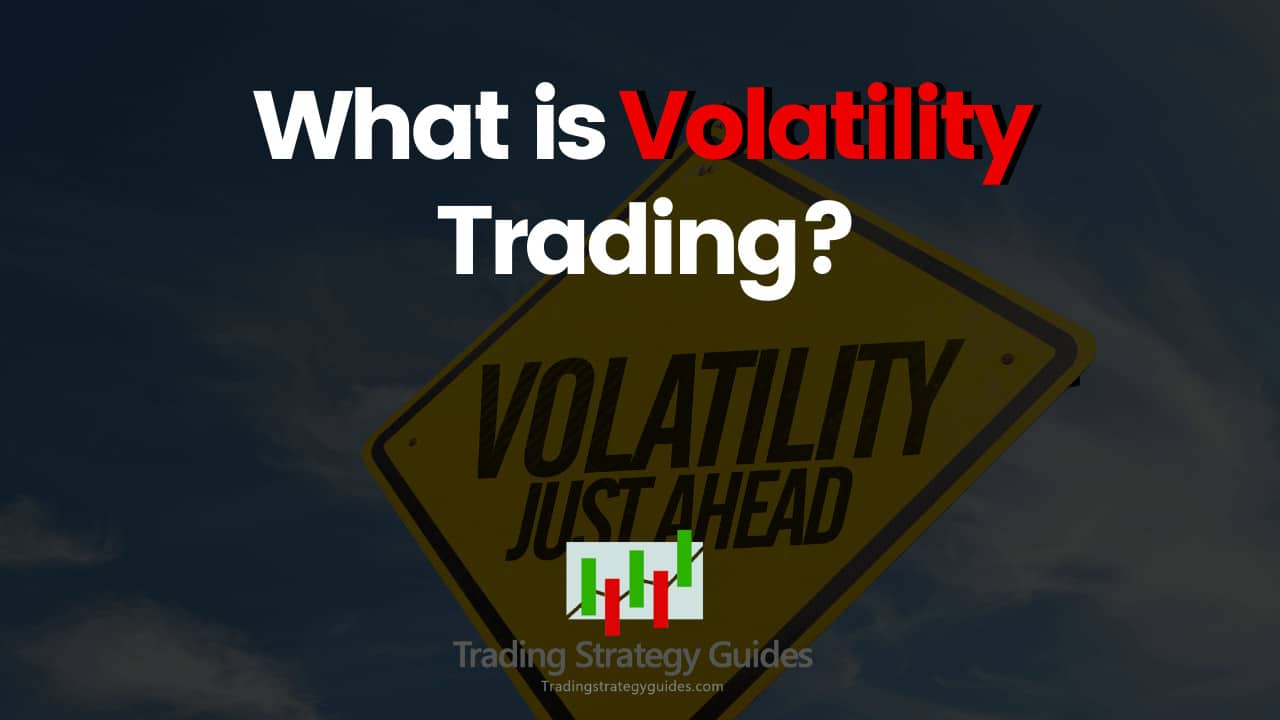

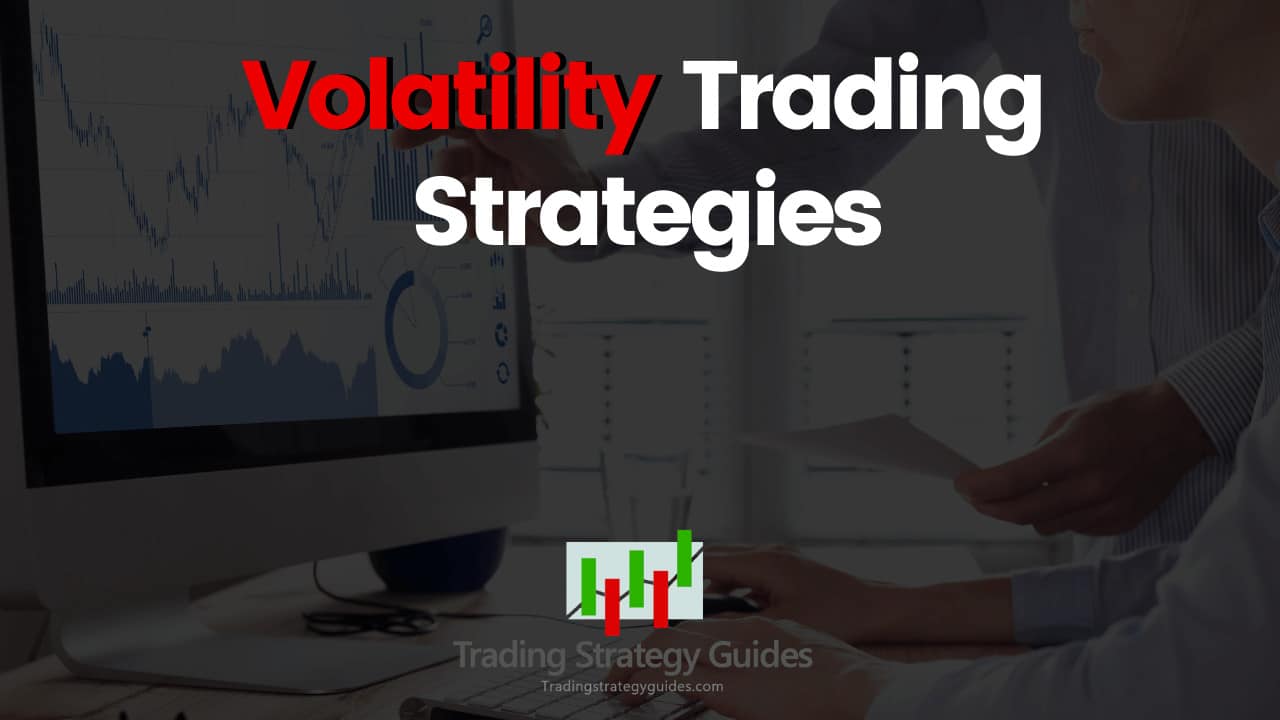

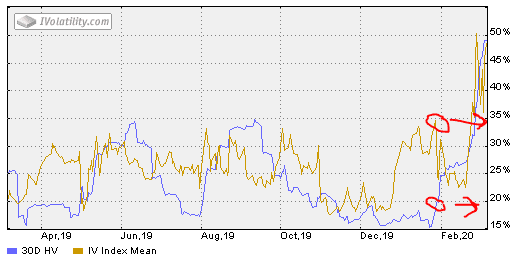
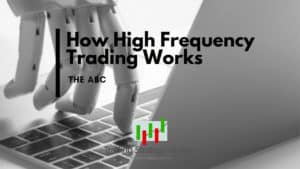




Excellent source for education and review!
“A long call diagonal involves two types of spreads:
Selling out of the money (OTM) option.
Buying in the money (ITM) option.
Both options have the same strike price, but they have different expiration cycles. The money options have a further expiration date.”
This is incorrect in two ways.
1) In a DIAGONAL spread the two options have BOTH different strike prices AND different expiration dates.
2) A DIAGONAL is a SINGLE spread of two options (NOT “two types of spreads”).
Howdy! Would you mind if I share your blog with my twitter group? There’s a lot of people that I think would really enjoy your content. Please let me know. Many thanks
Very nice post. I just stumbled upon your blog and wanted to say that I’ve really enjoyed surfing around your blog posts. In any case I will be subscribing on your feed and I am hoping you write once more soon!